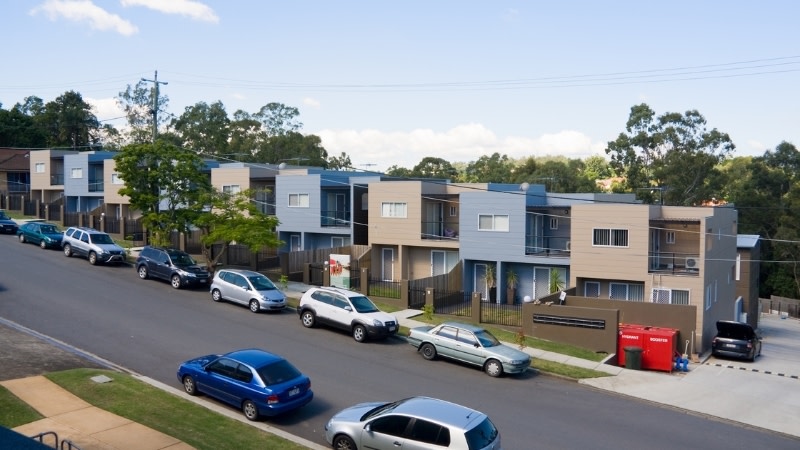Resources
Newsletter
Stay up to date and with the latest news, projects, deals and features.
Subscribe
Queensland’s Palaszczuk government is pushing ahead with its rent-buster policy strategy by limiting rental increases to once a year in a bid to stem the pain from the state’s housing crisis.
But heavy-hitters in the local development industry believe the devil might be in the details.
“Or there might be some other things they’ll slide in afterwards,” said one, who is holding fire on any public thoughts on the matter until “all is revealed”.
Limiting the frequency of increases from six to 12 months would bring Queensland into line with most other jurisdictions throughout the country and was among a raft of options for policy reform discussed at a housing roundtable in Brisbane on March 28.
“There are more than a million Queenslanders who rent their homes and every single one of them must be given a fair go,” Queensland premier Annastacia Palaszczuk said
“A fair go to pay rent they can afford and not be penalised for the cost of living situation all Australians find themselves in today.
“Our government will act immediately to place a limit on the number of rent increases that can be imposed on tenants each year.
“We will limit annual rent increases to just one.
“The great majority of landlords do the right thing and look after their tenants—but for those who do not, this is a wake-up call.
“We must act and will act to deliver reforms that balance the rights and interests of Queenslanders who rent and property owners to sustain healthy rental supply.”
But Real Estate Institute of Queensland chief executive Antonia Mercorella has pulled no punches, slamming the move as “a blazing red flag to Queensland property investors, shattering what little confidence is left and ultimately driving them away”.

“In the middle of a housing crisis caused by lack of housing supply, it’s beyond belief that the government is now proposing a measure which innately discourages further supply,” Mercorella said.
“No one denies that there is an immense amount of pressure for the most vulnerable in our community, but rent control or freezes are not the answer.
“It’s not only the property industry calling this out, several leading economists in Australia agree that rent control is not the solution.”
According to the latest data, Brisbane’s rental vacancy rate is sitting at a critical 0.8 per cent.
Meanwhile, during the past five years, median rents have risen 80 per cent at Gladstone, 51 per cent at Noosa and 33 per cent on the Gold Coast. Over the same period, Brisbane’s house and unit rents have increased by 33 per cent and 23 per cent respectively.
Among other housing initiatives, the Queensland government will slash land tax by up to 50 per cent for build-to-rent developments that include at least 10 per cent of rental homes as affordable housing. As well, it will scrap the foreign land tax surcharge for eligible build-to-rent projects.
Property Council Queensland executive director Jen Williams, said it was exactly the support needed to help rapidly increase the supply of purpose-built rental accommodation in the state.
“Unlike in countries like the US where rental housing is typically owned by institutional investors, tenants in Australia are heavily reliant on ‘mum and dad’ landlords renting out their investment properties on the open market,” she said.
“This model has served the country well in the past, however, with fewer rental properties available and ongoing demand pressures, there is a growing need for purpose-built rental accommodation that can be delivered at scale.”
Another 5600 housing lots will be unlocked in the Ripley Valley priority development area, west of Brisbane, with a $5.91 million catalyst loan from the state government to help develop a road.